Spray paint your homeschooler’s art history education with the edgy, bright, and sometimes childlike art of Jean Michel Basquiat.
This creative lesson plan includes kid-friendly ideas to bring Basquiat’s work to life.
Perfect for lower elementary!
Who Was Jean Michel Basquiat?
Jean Michel Basquiat was a 20th-century New York artist known for his bold colors and unique technique of incorporating poetry, painting, and drawing into his work.
He famously befriended Andy Warhol and collaborated with him frequently before Warhol’s death in 1987.
Basquiat’s art was profoundly influential in the neo-Expressionism movement and continues to inspire artists today post-humously.
Basquiat was born in Brooklyn, New York, in 1960. Raised in a multicultural environment, his art was a reflection of the urban experience, infused with elements of African, Caribbean, and American culture. From a young age, he displayed a remarkable talent for drawing, and his journey as an artist began with his early graffiti work under the pseudonym “SAMO.”
The street art scene of New York City in the late 1970s and early 1980s was a breeding ground for Basquiat’s artistic expression. His graffiti, featuring cryptic phrases and symbols, adorned city walls and captivated the attention of passersby. It was a rebellious form of artistic protest, challenging societal norms and providing a platform for his unique perspective.
Basquiat’s transition from street art to the world of galleries was swift. In 1981, his work made its gallery debut, and his rise was meteoric. His art was a fusion of words, symbols, and powerful visuals that often delved into themes of race, identity, and the human condition. His raw, unfiltered style spoke to a generation grappling with social and political turmoil.
One of the most captivating aspects of Basquiat’s work was his ability to bridge the gap between high and low art, challenging the boundaries of artistic expression. He often used everyday objects and symbols, such as skulls, crowns, and anatomical drawings, to convey profound messages. The layering of words and imagery in his art demanded that viewers look beyond the surface and unearth deeper meanings.
Basquiat’s collaborations with artists like Andy Warhol added another dimension to his artistic journey. The partnership between the young street artist and the pop art icon was a testament to Basquiat’s reach and influence, bridging generations and artistic styles.
However, the intense pressure and fast-paced lifestyle of the art world took a toll on Basquiat. The vulnerability and raw emotion in his later works offer a poignant glimpse into the artist’s inner turmoil.
In 1988, at the age of 27, Jean-Michel Basquiat tragically passed away. His life was short but impactful, leaving behind a legacy that continues to influence artists and art enthusiasts worldwide.
Basquiat’s art is a paradox—raw yet sophisticated, vibrant yet contemplative, a mirror to society’s complexities. His unique visual language challenged the norms of his time and remains a source of inspiration for artists who dare to defy convention.
Key Vocabulary
- Graffiti: Writing or drawing on walls, often in public spaces, to create art or convey messages.
- Collaborate: To work together with others on a project or creative endeavor.
- Maverick: A person who thinks and acts independently, often in unique or unconventional ways.
- Somber: Dark or serious in tone, often associated with feelings or moods.
- Complex: Having many parts or aspects, and therefore not simple or easy to understand.
- Code: A system of symbols or words used to represent messages or information, often needing interpretation.
- Symbol: A sign, image, or object that represents something more than its literal meaning, often used in art to convey deeper ideas.
- Blend: To mix or combine different things to create a new, often harmonious, result.
- Gallery: A place where art is displayed and exhibited for the public to see.
- Legacy: Something that is left behind or remembered, often referring to a person’s impact on the world even after they are no longer alive.
The Book
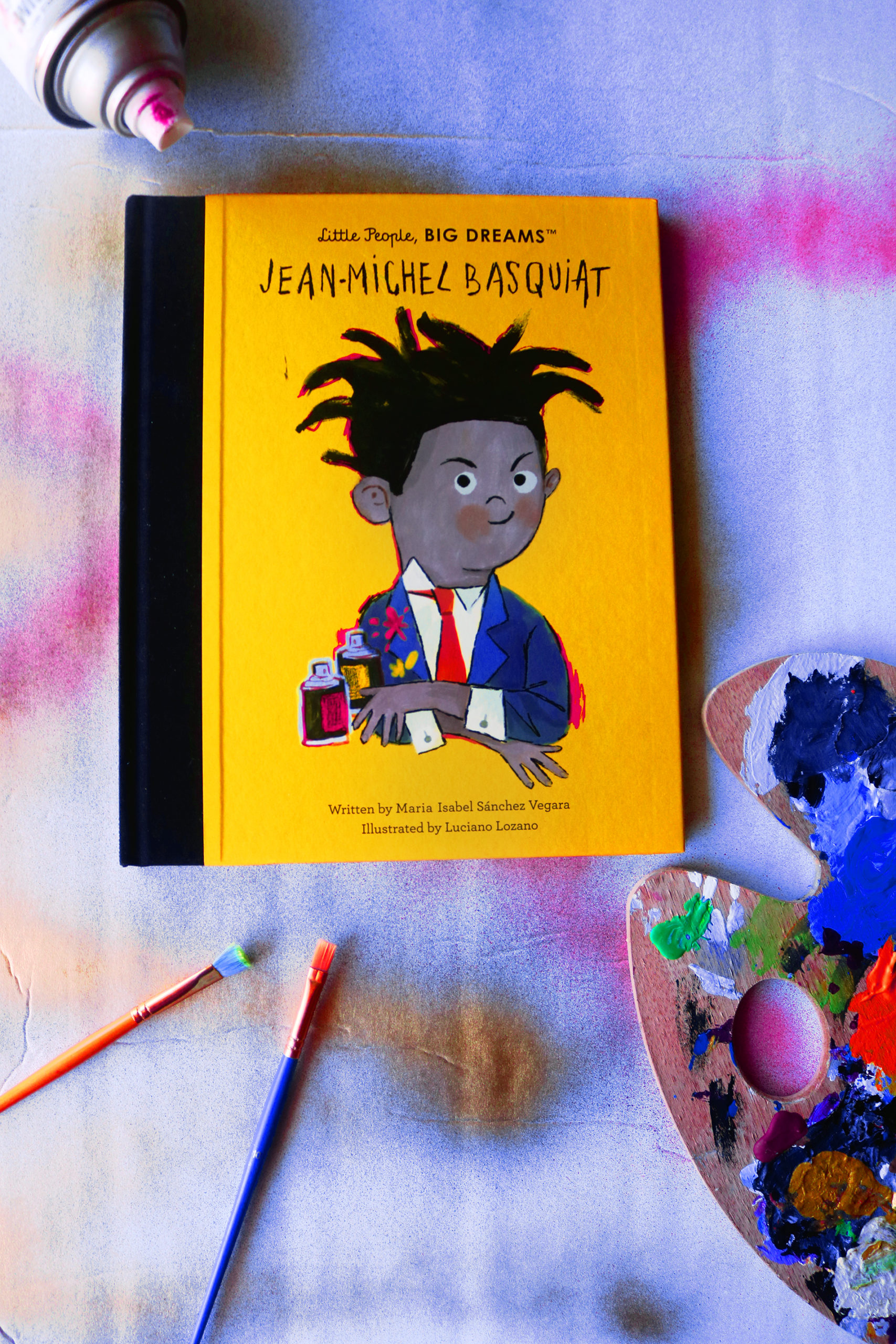
I taught this lesson to my art history students at our homeschool co-op and they loved (affiliate link—>) Little People, Big Dreams: Jean Michel Basquiat by Maria Isabel Sanchez Vegara.
I love the Little People, Big Dreams series and turn to it frequently for our history lessons in general. But in particular, this series excels at biographies of contemporary artists for kids.
(We also used one from this series for our Frida Khalo lesson).
Focus Piece
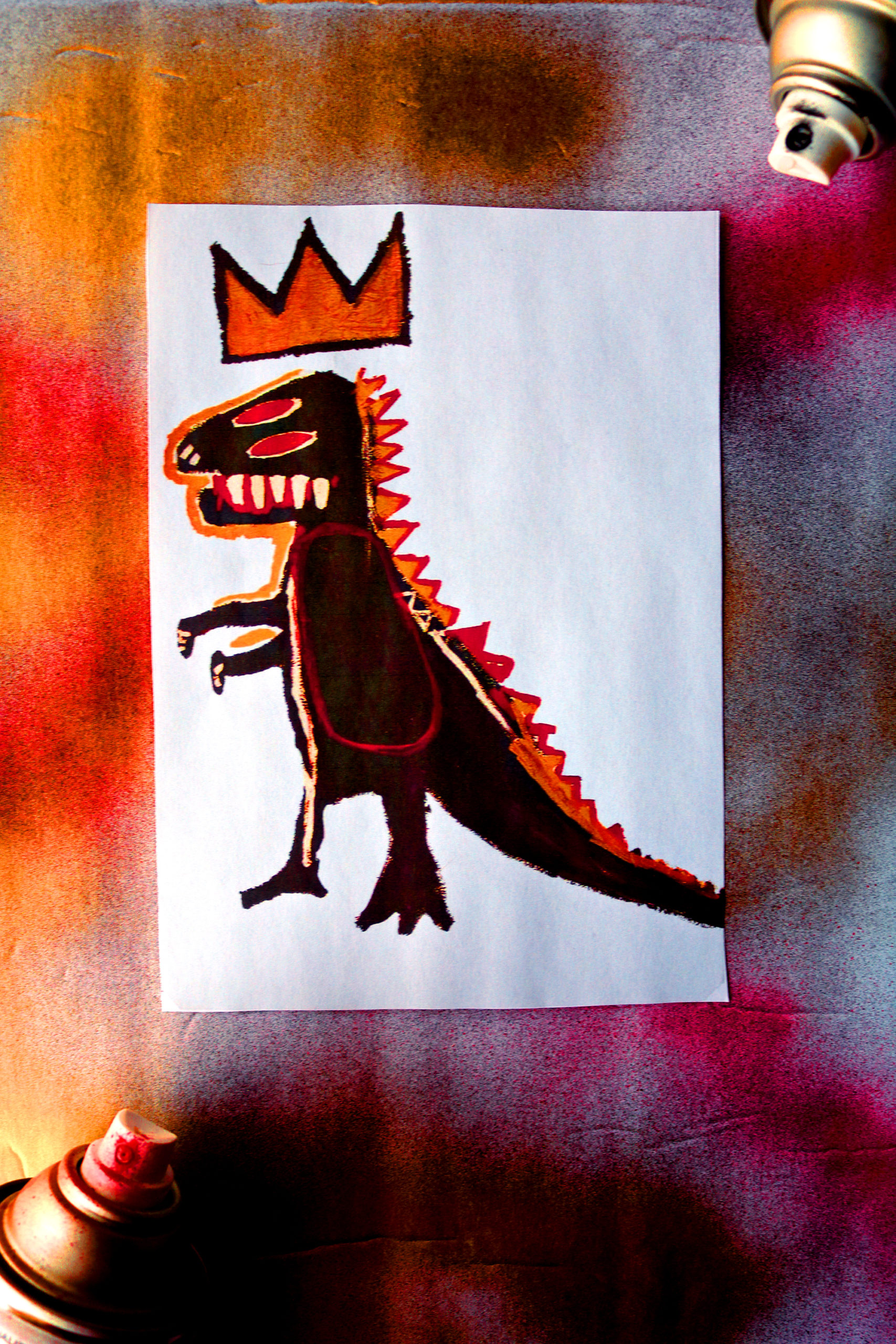
Rather than overwhelming younger students with too many examples, I try to focus on getting them to commit one painting to their memory.
This artist’s body of work contains a myriad of exceptionally kid-friendly pieces.
His usage of bold colors and abstract perspective are accessible and evocative for even the youngest children.
But I found his piece, Pez Dispenser (see above), especially appealing to the littles.
Who doesn’t like dinosaurs?!
The Project Idea
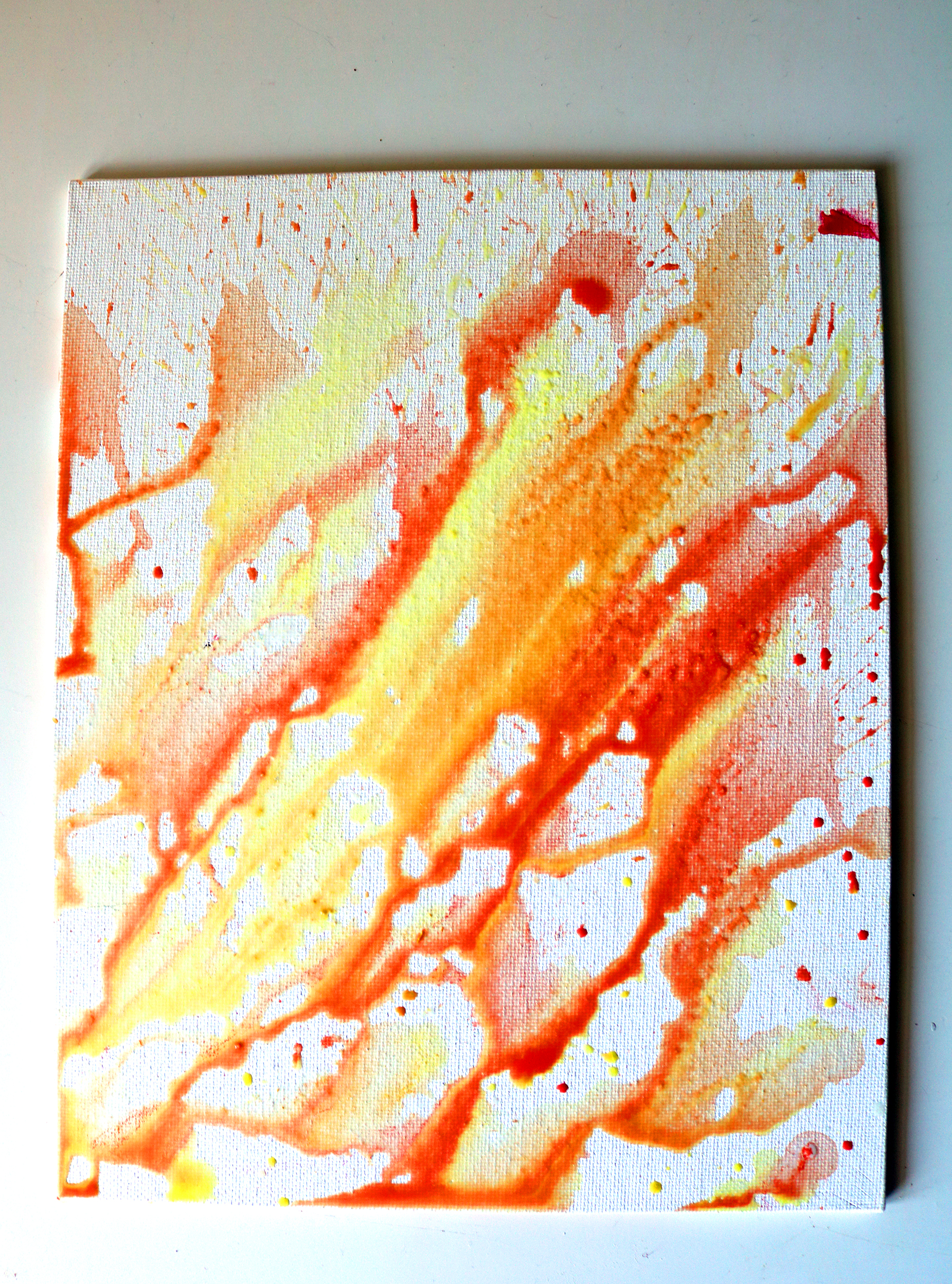
I LOVE how these came out!
It’s my favorite kind of project: process-based and simple.
They all come out unique and you can’t mess them up.
It gives the kids plenty of opportunities to express themselves individually.
Plus, the end result is just so gallery-worthy!
Let’s be honest, if you’ve ever been to the New York Museum of Modern Art, you’d probably agree, these are at least as interesting as about half the stuff in there.
It’s fun but messy, so consider doing this one outside with aprons!
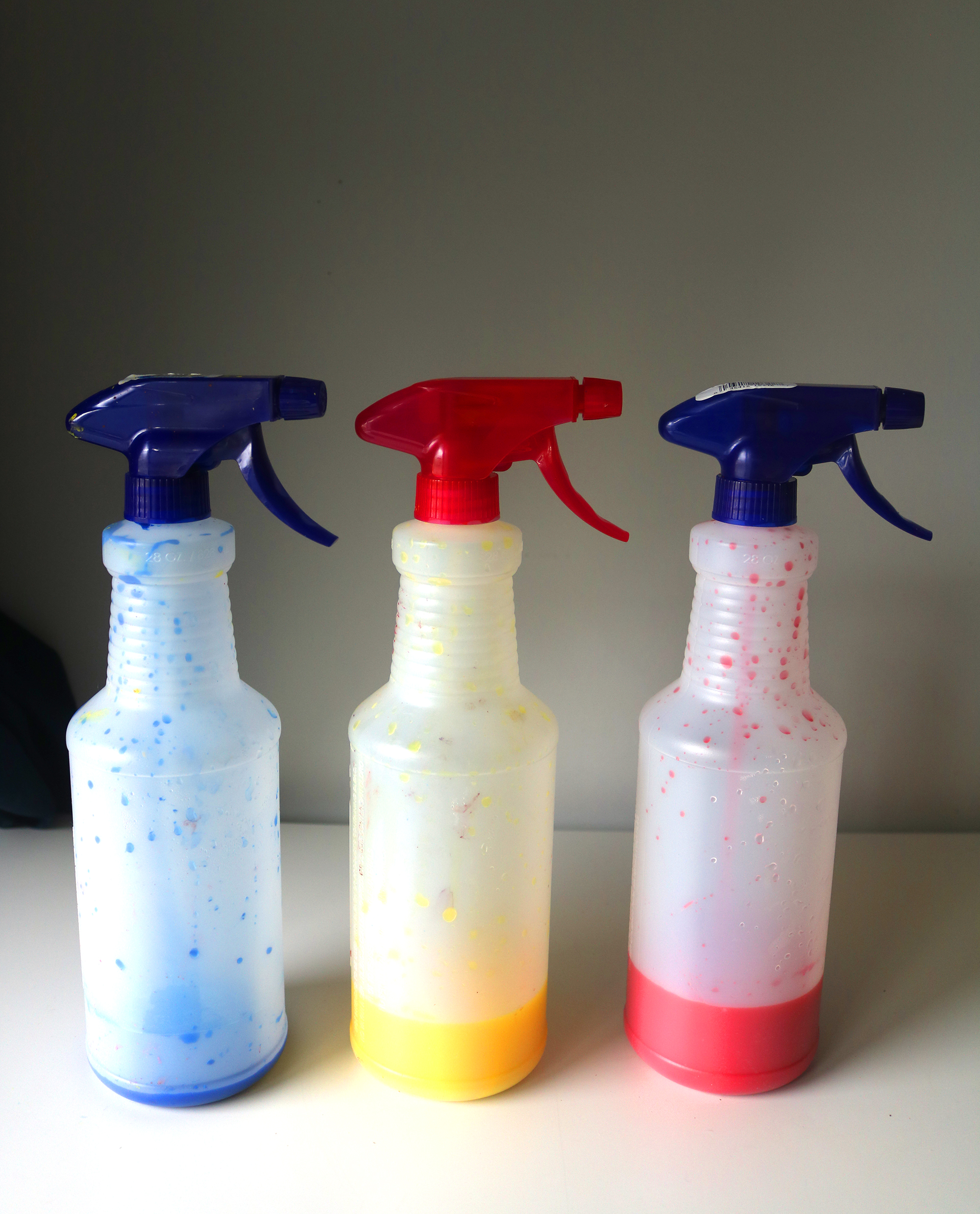
I really wanted to capture the liberating feeling of painting big with spray paint.
However, the toxic nature of spray paint made me nervous about using it with kids.
So, I came up with an idea to avoid it!
It’s simple.
Step 1: Go to the dollar store, and pick up some cheap spray bottles and some cheap acrylic paint.
Step 2: Thin the paint with water until the consistency is thin enough to spray through the nozzle.
Step 3: Put it in the child’s hand, stand them in front of the canvas, and let them go to it.
You can use one huge canvas and let your whole crew spray the same one (makes for some great hallway art for your home or school!) or give them each individual, small-scale canvases.
Our homeschool co-op class had so much fun with this.
Just make sure you rinse the bottles (and especially the nozzles!) if you want to use them again. Flush the lines and the spray nozzles with plain water until they run clear or they will clog when the paint starts to dry out!
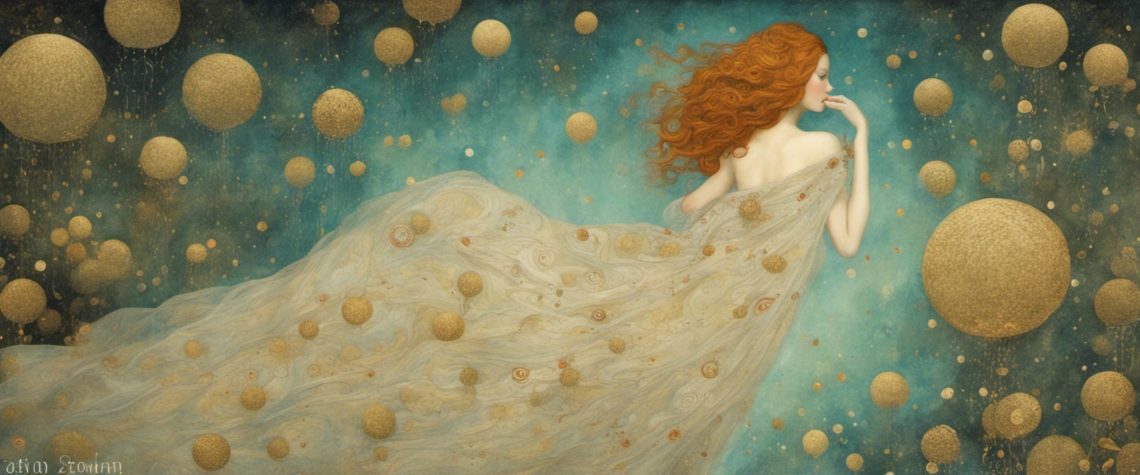
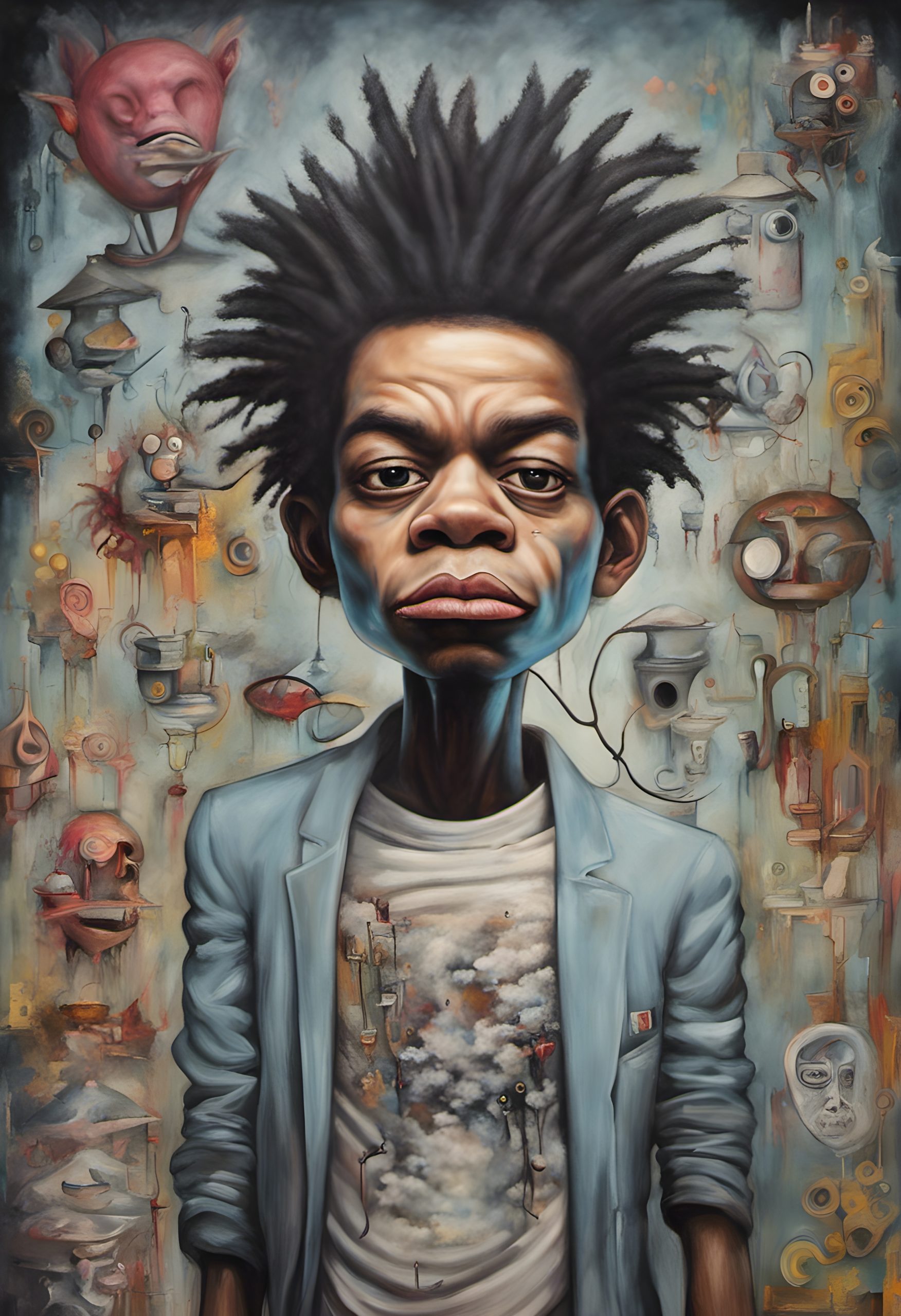
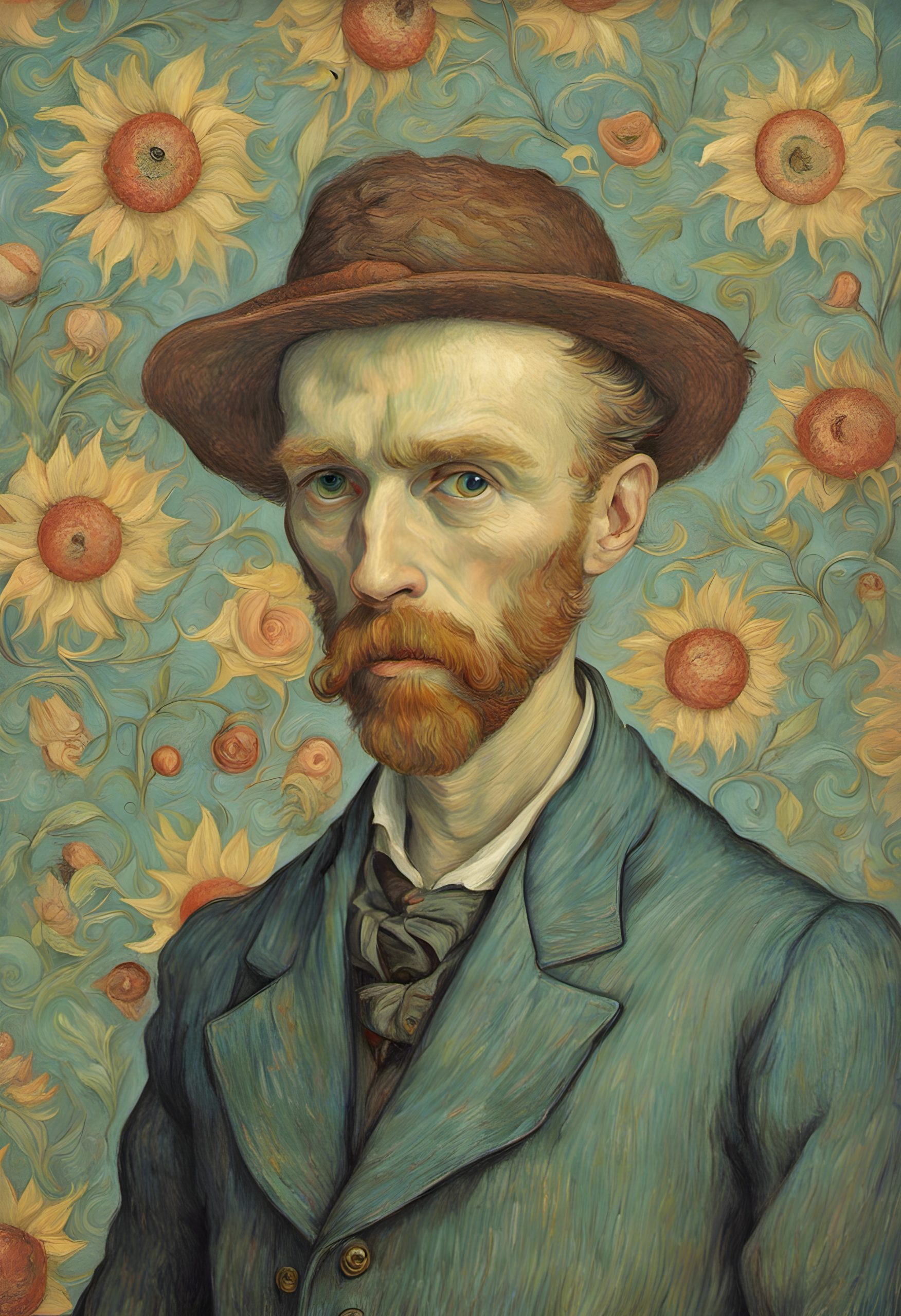
1 Comment